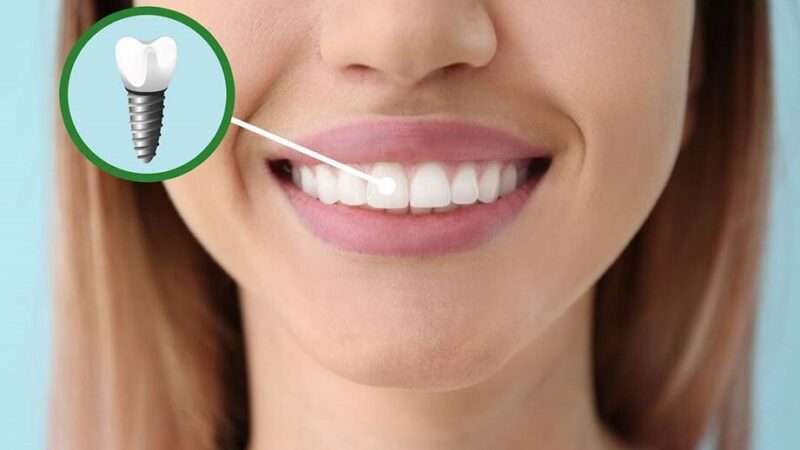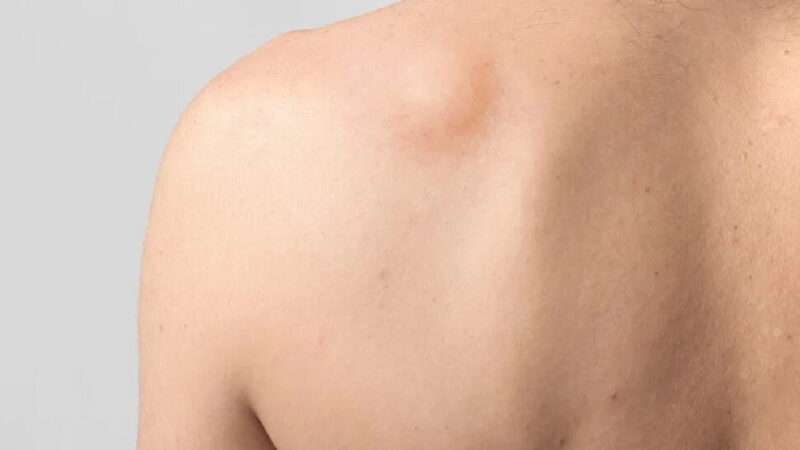Perfect Fit: Guide to Choosing Your Breast Implant Size

When considering breast augmentation, one of the most significant decisions you’ll face is choosing the right implant size. This choice impacts your physical appearance, comfort, confidence, and satisfaction.
In this guide, we’ll explore the various factors to consider before Turkey boob job, ensuring you make an informed decision that aligns with your personal goals and lifestyle.
Types of Breast Implants
Breast implants can be broadly categorized into two types: saline and silicone. Each type has unique characteristics and is suited for different preferences and body types.
- Saline Implants: These implants are filled with sterile salt water (saline). They are inserted empty and then filled once in place, allowing for adjustable size and easier insertion with smaller incisions. Saline implants are often chosen for their safety factor – if they rupture, the saline is harmlessly absorbed by the body. However, they might feel less natural than silicone, sometimes creating visible rippling under the skin.
- Silicone Implants: Filled with a silicone gel, these implants are known for their ability to mimic the feel of natural breast tissue. They are pre-filled and may require a slightly larger incision for insertion. Silicone implants are less likely to wrinkle or ripple and are preferred for their natural feel. However, if they rupture, the gel may remain within the implant shell or escape into the breast implant pocket, necessitating regular monitoring for implant integrity.
Materials used in implants
The material inside the implant shell significantly affects the implant’s look and feel.
- Silicone Gel: The gel used in silicone implants is thick, sticky, and closely resembles human fat, making it ideal for a natural feel. Modern silicone implants often use a cohesive gel that retains its shape and has a lower risk of leakage.
- Saline Solution: Saline implants are filled with a sterile saltwater solution, similar to the fluid that makes up most of the human body. While they offer a firmer feel, the advantage of saline implants lies in their adjustability and the safety of the solution used.
Shapes and textures
Implants come in various shapes and textures, each designed for aesthetic goals and physical considerations.
- Shapes:
- Round Implants: These are the most common shape, providing a fuller appearance and more lift. Round implants tend to make breasts appear fuller than form-stable implants.
- Teardrop (Anatomical) Implants: These implants are shaped like a teardrop, with more fullness at the bottom. They mimic the natural shape of the breast and are often used in reconstructive surgeries.
- Textures:
- Smooth Implants: These have a softer feel and can move within the breast implant pocket, giving a more natural movement. However, they might have a higher risk of capsular contracture, a complication where hard scar tissue forms around the implant.
- Textured Implants: These implants develop scar tissue to stick to the implant, making them less likely to move around inside the breast and become repositioned. Textured implants are thought to reduce the risk of a tight scar capsule.
Understanding the nuances of these types, materials, shapes, and textures is crucial in making an informed decision that aligns with your aesthetic goals, lifestyle, and body type. Your plastic surgeon can provide detailed advice and recommendations based on your needs. Also, finding a qualified surgeon abroad will be challenging unless you seek help from a established medical tourism agency like Flymedi.
Anatomy and Breast Implant Size
When selecting the size of breast implants, your anatomy plays a pivotal role. It’s not just about the desired cup size; it’s about harmony and balance with your natural body structure. Key anatomical factors include:
- Chest Width and Breast Width: The width of your chest and current breasts significantly influence implant size choice. A wider chest might require larger implants to achieve proportionality, while a narrower chest might be better suited to smaller implants. The breast width must be measured accurately to ensure the implant fits perfectly within the natural breast footprint.
- Skin Elasticity and Breast Tissue: The amount and quality of existing breast tissue and skin elasticity also matter. You might accommodate larger implants more comfortably with enough natural breast tissue and elastic skin. In contrast, limited breast tissue or less elastic skin may require more careful consideration of implant size.
- Body Shape and Size: Your overall body size and shape should guide the implant size choice. For instance, someone with a petite frame might find that overly large implants look disproportionate, while someone with a broader frame may require larger implants to achieve a noticeable change.
- Symmetry Issues: It’s common to have some asymmetry between breasts. Implants can be used to correct this, but it might mean using implants of different sizes for each breast.
Size Considerations
Choosing the right size is crucial for satisfaction and comfort. Here are the key considerations:
- Measurement in Cubic Centimeters (CC): Breast implants are measured in cubic centimeters (cc), indicating the volume of the implant. Cc provides a standard measurement, unlike bra cup sizes, which vary between brands. Surgeons can recommend a range of sizes based on the desired outcome and the patient’s anatomy.
- Desired Appearance: Consider whether you want a natural, subtle enhancement or a more noticeable augmentation. This choice will impact the size range suitable for you.
- Proportionality: The implants should complement your overall body shape and size. The goal is to achieve balance and proportion so the implants neither overwhelm your frame nor appear too subtle.
- Physical Comfort and Lifestyle: Larger implants may impact physical activities, especially high-impact ones. Consider how the implant size might affect your lifestyle, including exercise, work, and other physical activities.
- Visualizing the Size: Surgeons often provide sizers that can be placed inside a bra to give you a visual and physical representation of the implant’s impact on your body. This can be a helpful tool in making your decision.
- Long-Term Considerations: Think about how your body might change in the future. Factors like aging, gravity, weight fluctuations, and potential pregnancies can affect the appearance of breast implants over time.
Each individual’s body and preferences are unique, so there is no one-size-fits-all answer. A thorough consultation with a plastic surgeon, who can provide personalized advice and simulations, is invaluable in making the right decision for your body and goals.
Choosing the right breast implant size is a journey that involves careful consideration of various factors. By understanding your goals, consulting with a professional, and considering your lifestyle and anatomy, you can make a decision that enhances your confidence and well-being. Remember, this decision is deeply personal and should reflect what feels right for you.






